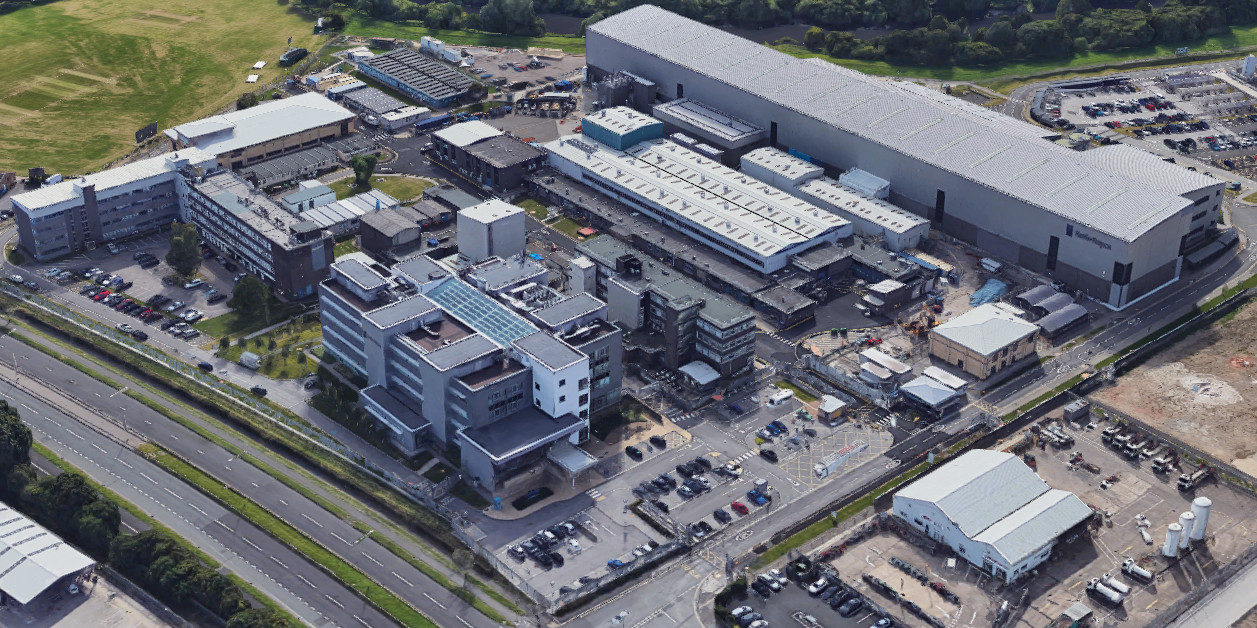Rolls-Royce Submarines Ltd (RRSL) were served with an improvement notice on 8th July by the Office for Nuclear Regulation (ONR) for breaching the safety limits designed to prevent a critical mass of nuclear material from being assembled. During the breach 21 units of fissile material were inside a nuclear fuel production facility at one time, more than 25% over the maximum limit of 16 units stipulated by the facility’s safety case.
The nuclear reactors powering UK nuclear submarines are derived from US designs, and the PWR3 reactor planned for the Dreadnought submarine class is a direct copy of a US design. UK and US nuclear-powered submarines are unusual in being powered by Highly Enriched Uranium (HEU). This practice has been criticised as being a potential nuclear proliferation risk, but under the Trump administration’s proposed budget for the current financial year, a programme to develop a low-enriched alternative fuel was cancelled.
Highly Enriched Uranium (HEU) and ‘criticality’
Natural uranium is primarily composed of uranium 238, the least radioactive isotope of uranium, but contains small quantities of the more radioactive uranium 235. Through a process known as enrichment, the uranium 238 can be separated out, increasing the concentration of uranium 235 in the material. HEU is uranium containing 20% or more uranium 235.
The level of concentration of uranium 235 in the HEU used in US/UK submarine reactors is much higher than in the nuclear fuel used in most nuclear reactors and is high enough that the material could also be used to make a nuclear weapon. When enriched to this level it is also known as ‘weapons grade uranium’. The UK nuclear weapons sites have a stockpile of around 22 tonnes of HEU while a further 742kg is held at various civil nuclear sites around the country. A functional nuclear weapon could be made from as little as 15kg of HEU.
When a certain quantity of sufficiently radioactive material is concentrated in one place, the neutrons produced by the material’s natural radioactive decay will cause additional decay events to occur , creating a ‘chain reaction’ If a critical mass of this material is present, the chain reaction process will be self-sustaining, a state known as ‘criticality’. Material with a high enough level of radioactive activity to sustain a chain reaction is known as ‘fissile material’.
Nuclear weapons use explosives to concentrate a large enough quantity of highly radioactive fissile material into a small area so that the chain reaction produces a nuclear explosion, but with even a small amount of fissile material above the critical mass the chain reaction can produce a lethal dose of radiation and a dangerous amount of heat. For this reason, nuclear facilities are subject to stringent limits on the quantities of material that can be handled in the facility at one time.
About the breach
ONR say that the criticality limits used for the RRSL facility were intentionally set low and the quantity in the facility at the time of the breach “did not present any immediate risk to safety.” The facility also had other safety measures to prevent a criticality incident from occurring. The information released by ONR didn’t identify units the fuel is measured in, so the quantities involved in the breach are unknown.
The breach was identified by RSSL and reported to ONR. ONR have issued an improvement notice to try and prevent a repeat occurrence. RSSL are required to comply with the improvement notice by 31st May 2021.
